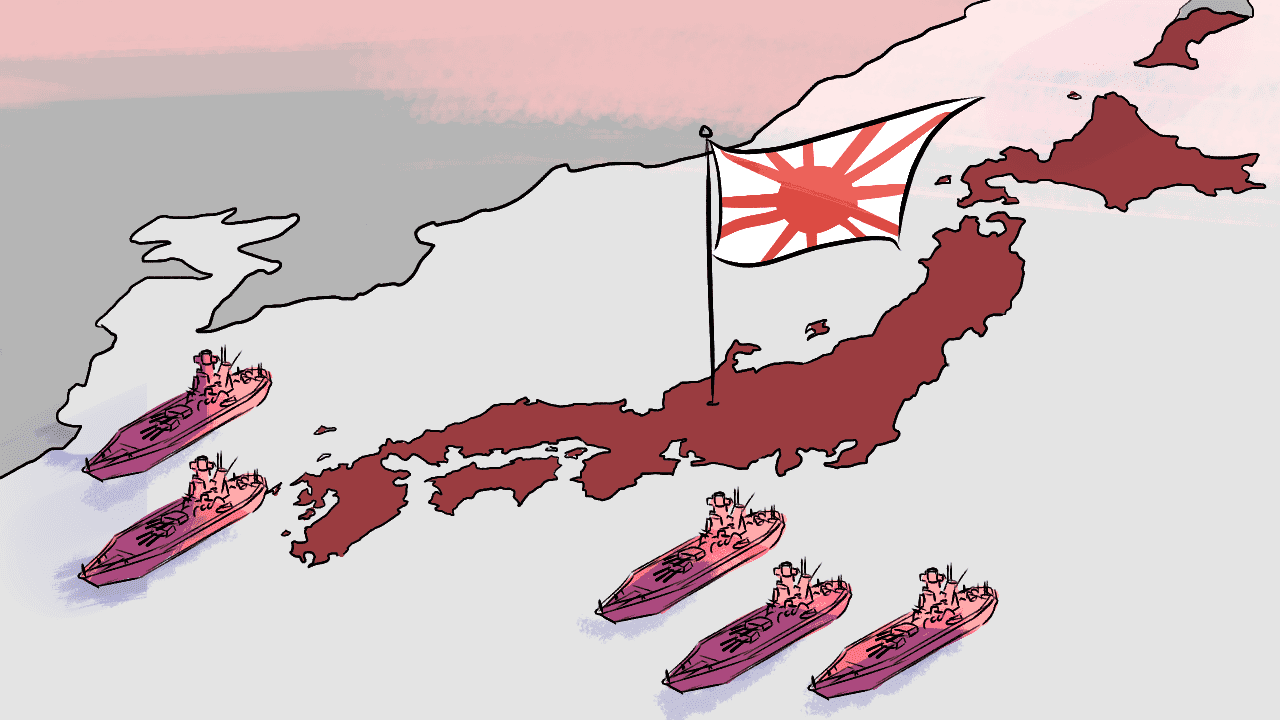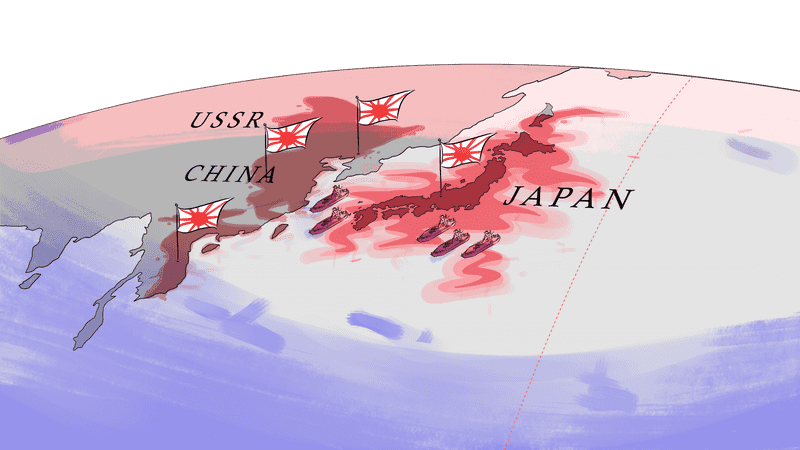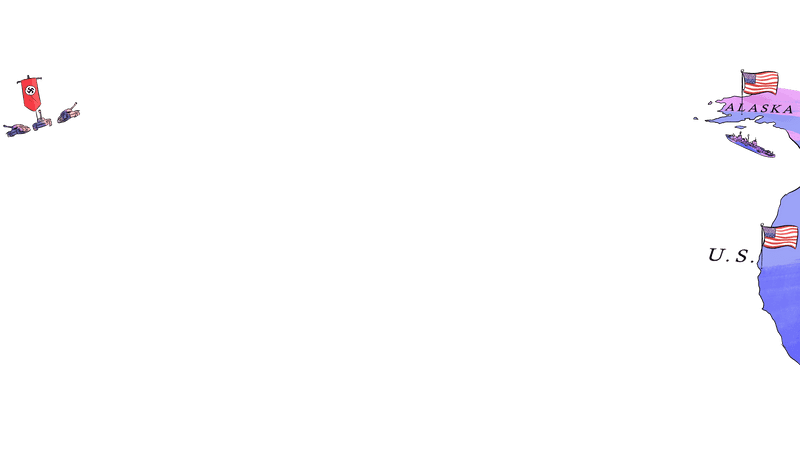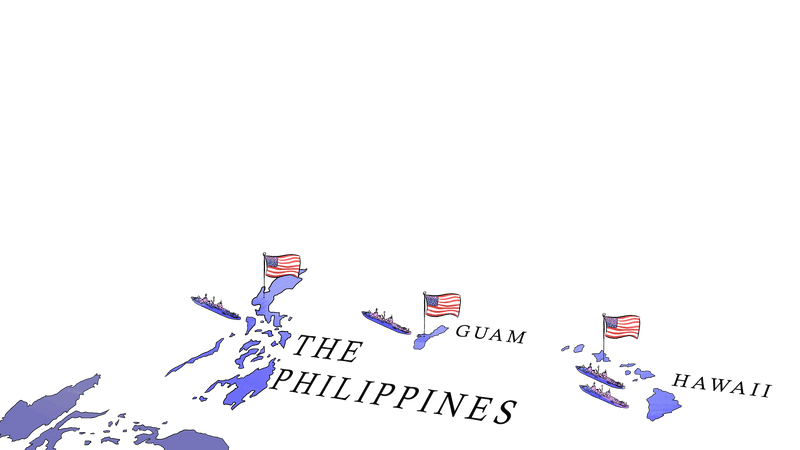Chapter Two: The Crucible of War
1934 – 1941
The Road to War
The tide turned with the Great Depression and rising tensions in Asia.
The tide turned in the early 1930s with the onset of a global Great Depression and rising military tensions in Asia. Advocates of Philippine freedom in both countries saw an opportunity to pass independence legislation in the U.S. Congress.
“In 1934 Manuel Quezon achieved his goal of independence.”
Duty to Country
The Tydings-McDuffie Act of 1934, signed by President Roosevelt, set a date for Philippine independence more than 10 years in the future. At the time, no one could have imagined the war that was coming or how it would disrupt the independence timetable.
Franklin Roosevelt
January 30, 1882 – April 12, 1945
U.S. President who incorporated Filipino soldiers into the U.S. military
As President, Roosevelt signed the Tydings-McDuffie Act and incorporated the Army of the Philippine Commonwealth into the U.S. armed services, two historic events that would shape the course of WWII and the lives of Filipino Veterans. In 1935, the Tydings-McDuffie Act set a timetable for Philippine independence while retaining key features of U.S. colonial rule in the Philippines. Most importantly, it gave the U.S. President the ability to order all armed forces in the Philippines into U.S. military service. The Tydings-McDuffie act also recategorized Filipinos living in the U.S. as aliens, barred from enlisting in the U.S. military. In 1942, in response to petitions from Filipinos living in the U.S. who were eager to join the war effort, Roosevelt signed a law allowing Filipinos to join the armed forces. Roosevelt died during the closing days of WWII on April 12th, 1945.
In the meantime, the Tydings-McDuffie Act set up a nominally-independent nation called the Philippine Commonwealth. It was ruled by a newly elected president, Manuel Quezon, but the president could be overruled by an American official based in Manila.
Manuel Quezon
August 19, 1878 – August 1, 1944
Second president of the Philippine republic and a dominant colonial era politician
Born in 1878, Manuel Quezon was an aid de-camp to Emilio Aguinaldo during the Philippine American War. During the colonial era, he often traveled to Washington D.C., where he lobbied Congress for Philippine independence. Quezon was an imposing authority in Philippine politics and was even likened to a dictator by some. He maintained a fierce rivalry with Sergio Osmeña, co-founder of the Nacionalista party. In 1933, after Osmeña secured a bill from Congress for Philippine independence, Quezon, not content with Osmeña getting the credit, traveled to the U.S. to negotiate his own version. He became president of the Philippines in 1935 and would serve during the war and in exile, but died in August 1944. Quezon was interred at Arlington National Cemetery until his body could be returned to the Philippines, a testament to the regard American politicians held for him.
The independence act also included a clause that transformed Filipinos from colonial subjects (or “nationals”) into foreigners. They were now almost completely barred from migrating to the continental United States or Hawai’i.
Freedom By Committee
Manuel Quezon and Sergio Osmeña shepherd independence for the Philippines, although it came with many strings attached from many different American interests.
To defend itself, the new nation would need an independent military force. Although Tydings-McDuffie preserved America’s military and naval bases and gave responsibility for national defense to the United States, the Philippine Commonwealth took on the task of establishing its armed forces.
Oral History
“In 1936, there was a law that all above 18 years old would be trained as reserves.”
Celestino Almeda, WWII Veteran, 102 years old
The Philippine Commonwealth Army was designed and trained by U.S. military officers under the leadership of General Douglas MacArthur and Major Dwight Eisenhower. The path to independence would be determined by the U.S. and its military priorities.
With the rise of a militarist government in Japan in the late 1930’s, these demands grew more urgent.
By the summer of 1941, war in the Pacific felt imminent, to Americans and Filipinos alike. After Japanese troops occupied Vietnam in July of 1941, President Franklin Roosevelt established a new combined force: USAFFE, the United States Armed Forces of the Far East.
USAFFE included all the U.S. Army soldiers stationed in the Philippines, including the Philippine Scouts, and the newly established Philippine Army. FDR’s order would “call and order into the service of the United States … all the organized military forces of the Government of the Commonwealth of the Philippines.”
Interpretations of this order would be the subject of legislative and courtroom battles for years to come.
In the meantime, attention focused on preparation for war. The establishment of USAFFE was designed to make it easier to organize and command troops to defend the Philippines. It also made it clear that Americans and Filipinos would undertake that defense together. Both U.S. and Philippine forces now served under U.S. command, all marching under the U.S. flag with MacArthur in charge.
Douglas MacArthur
January 26, 1880 – April 5, 1969
Renowned U.S. Army General MacArthur and commander of USAFFE Forces during WWII
The youngest Major General in U.S. history, MacArthur was tasked with building an independent Philippine army. While there, his habit of self-aggrandizing often brought him into conflict with Dwight Eisenhower and other leaders. When the war threatened to break out, the pipe-smoking, aviator sunglasses -wearing General was promoted to 5-star rank and placed in charge of USAFFE. His passion for the Philippines was, at times, contradictory; he fought for equal pay for Filipino soldiers, socialized with Filipinos, and played poker with Manuel Quezon. Yet in private he sometimes wrote disparagingly about the character of the Filipino people. He supported upper class landowners at the expense of the majority, and frequently behaved as if the region was his personal domain to rule. After his retreat to Australia, the General held fast to his promise to return and liberate the islands. MacArthur represented the U.S. at Japan’s formal surrender ceremonies.
The Philippine Army trained thousands of young recruits. The U.S. rushed soldiers and materiel to the Philippines, but there was not much to spare. It was too little, too late.
Oral History
“The war changed their lives and ended the lives of many.”
Derek Ledda, Son of Veteran
The U.S. rushed soldiers and materiel to the Phillipines, but it was too little, too late.
Next Section
December 7, 1941 – January, 1942
Attack and Invasion
The Japanese attack on Pearl Harbor was followed by another on U.S. bases in the Philippines.
Explore



